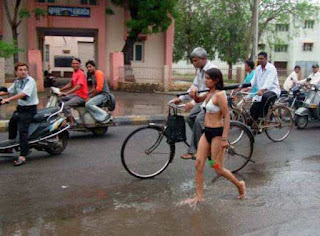With her husband at war, Mom works on the car, 1944.
With her husband at war, Mom works on the car, 1944.
During World War II, a select group of young women pilots became pioneers, heroes, and role models. They were the Women Airforce Service Pilots (WASP), the first women in history trained to fly American military aircraft. In 1942, the United States faced a severe shortage of pilots and leaders gambled on an experimental program to help fill the void: train women to fly military aircraft so male pilots could be released for combat duty overseas.
At the 1944 graduation ceremony for the last WASP training class, U.S. Army Air Forces Commanding General Henry "Hap" Arnold admitted his initial doubts about "whether a slip of a girl could fight the controls of a B-17 in heavy weather." He then affirmed, "Now in 1944, it is on the record that women can fly as well as men."
Over 1,100 young women, all civilian volunteers, flew nearly every type of military aircraft, including B-26 and B-29 bombers, under the WASP program. They ferried new planes from factories to military bases, tested overhauled aircraft, and towed targets for gunnery training with live ammunition.
The WASPs had expected to be integrated into the military, but the program was canceled after two years. Notable pilots included Betty Gillies, Celia Hunter, Hazel Lee, Cornelia Fort, Jackie Cochran, Deanie (Bishop) Parrish, Nancy Harkness Love, Catherine Vail Bridge, Elizabeth L. Gardner, Florene Watson, Leonora Anderson, Mildred Axton, Dawn Seymour, Ellen Wimberly Campbell, Nancy Nesbit, Susie Winston Bain, Lillian Yonally, Margaret Phelan Taylor, Anne Armstrong McClellan, Ruth Dailey, Dorothy Olsen, and Vivian Eddy.
These women proved their capabilities and left an enduring legacy, demonstrating that women could perform as well as men in military aviation. Meanwhile, on the home front, many women took on roles traditionally held by men, such as working on cars, to support the war effort.






Comments
Post a Comment